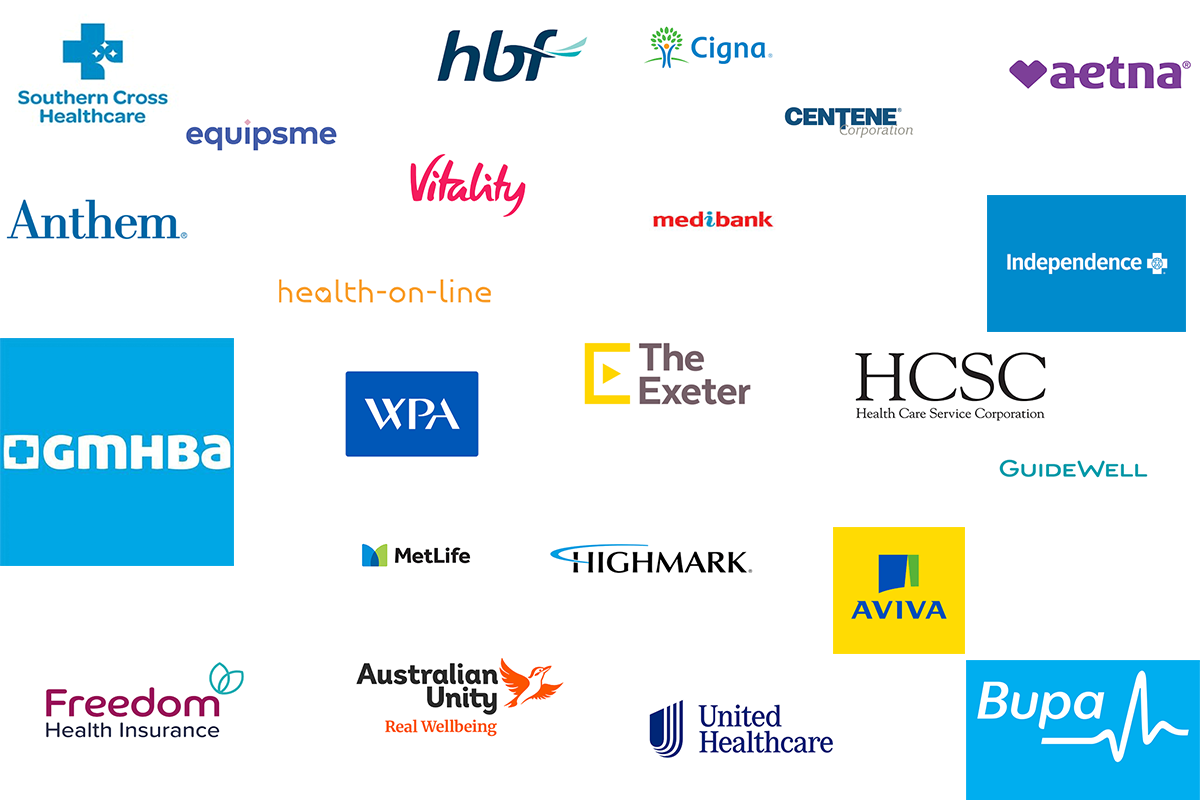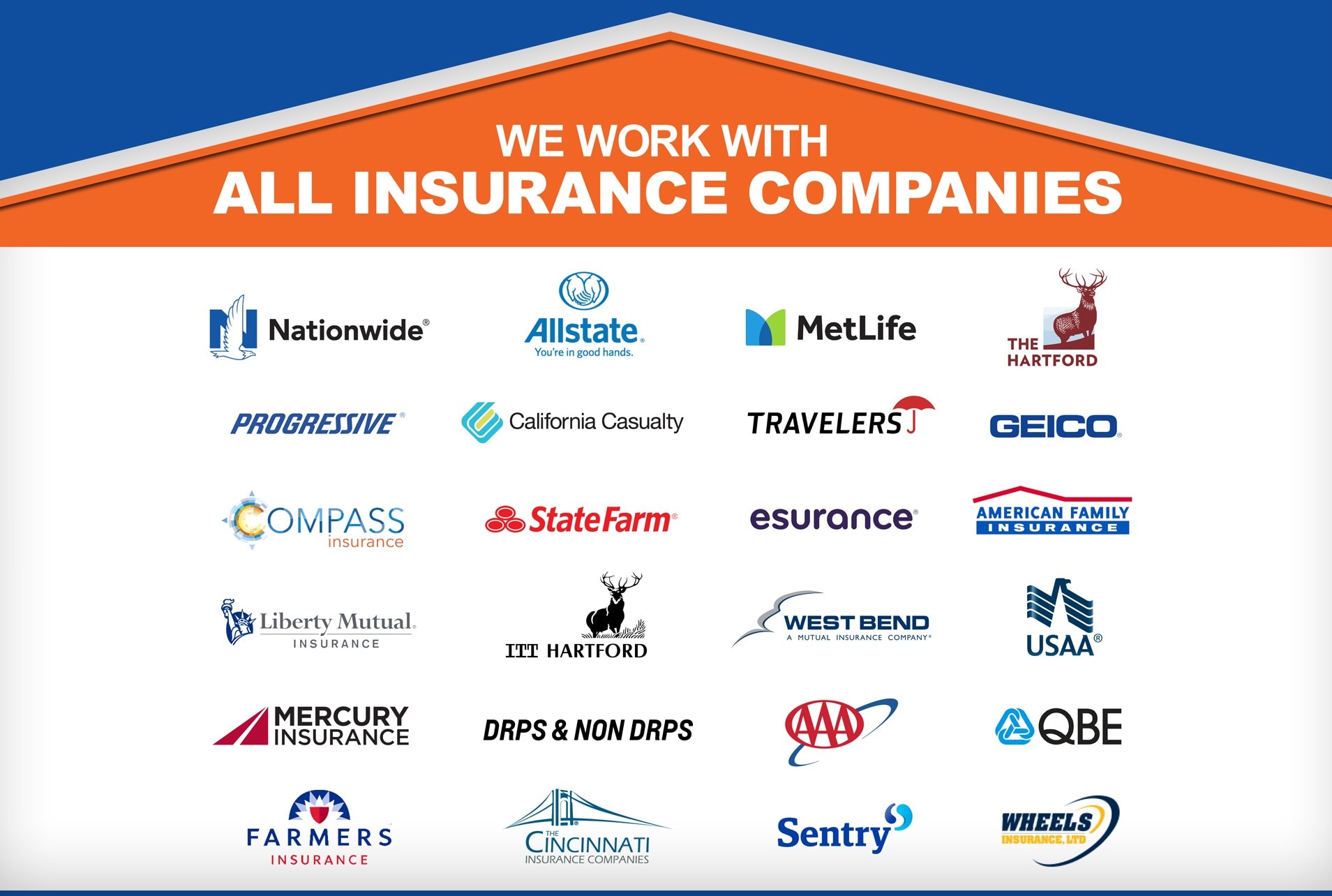Choosing the Right Insurance Provider: A (Relatively) Painless Guide

Choosing the Right Insurance Provider: A (Relatively) Painless Guide
Let’s face it: Talking about insurance isn’t exactly anyone’s idea of a good time. It can feel complicated, expensive, and just plain boring. But hey, at some point, we all need some kind of insurance. Whether it’s to protect our health, our car, our home, or even our ability to earn a living, insurance is a safety net we hope we never need, but are darn glad to have when things go sideways.
So, how do you pick the right insurance provider? With so many companies out there, each promising the best coverage at the lowest price, it’s easy to get overwhelmed. This guide will break down the basics, give you some insider tips, and hopefully make the whole process a little less daunting.
The Big Players (and Some Up-and-Comers)
The insurance landscape is dominated by a few big names you’ve probably heard of:
- State Farm: Often touted for their local agent network and wide range of products. They’re like the friendly neighbor you can always count on.
- Allstate: Known for their innovative tech and catchy slogans. They’re trying to be the cool, modern insurance company.
- Progressive: Famous for their competitive rates and quirky advertising. They’re the ones who want to save you money, even if it means having Flo in your life.
- GEICO: The gecko is hard to miss! They’re all about quick quotes and discounts. Efficiency is their game.
- Liberty Mutual: They emphasize responsible behavior and community support. They want you to feel good about being insured.
But don’t think these are the only options. There are plenty of other fantastic insurance companies, some regional and some specializing in specific types of coverage. Companies like Travelers, Nationwide, USAA (for military families), and smaller, niche providers can offer competitive rates and tailored services.
Types of Insurance: A Quick Rundown
Before we dive into how to choose a provider, let’s quickly recap the main types of insurance you’re likely to encounter:
- Health Insurance: Covers medical expenses, from doctor visits to hospital stays. It’s essential for protecting your health and your wallet.
- Auto Insurance: Protects you financially if you’re in a car accident. It can cover damage to your car, injuries to yourself and others, and legal costs.
- Homeowners Insurance: Protects your home and belongings from damage or loss due to things like fire, theft, or natural disasters.
- Renters Insurance: Similar to homeowners insurance, but for renters. It covers your personal belongings and provides liability protection.
- Life Insurance: Provides a financial payout to your beneficiaries if you die. It can help cover funeral expenses, pay off debts, or provide income for your family.
- Disability Insurance: Replaces a portion of your income if you become disabled and can’t work.
- Pet Insurance: Helps cover veterinary costs for your furry friends.
- Travel Insurance: Protects you from financial losses due to unexpected events during a trip, like cancellations, medical emergencies, or lost luggage.
What to Look for in an Insurance Provider
Okay, now for the important stuff: How do you actually choose an insurance provider that’s right for you? Here’s a checklist of factors to consider:
-
Coverage Options: Does the provider offer the types of coverage you need? Do they have different levels of coverage to fit your budget and risk tolerance? Don’t settle for a one-size-fits-all policy if it doesn’t meet your specific needs.
-
Price: Obviously, price is a major factor. But don’t just go for the cheapest option. Make sure you’re comparing apples to apples. A lower premium might mean higher deductibles or less coverage. Get quotes from multiple providers and compare the details carefully.
-
Deductibles and Out-of-Pocket Costs: A deductible is the amount you pay out of pocket before your insurance kicks in. Higher deductibles usually mean lower premiums, but you’ll need to be prepared to pay more if you file a claim. Also, consider other out-of-pocket costs like copays and coinsurance.
-
Financial Stability: You want an insurance company that’s financially sound and able to pay out claims when needed. Check the provider’s financial ratings from independent agencies like A.M. Best, Standard & Poor’s, and Moody’s.
-
Customer Service: How easy is it to get in touch with the provider if you have questions or need to file a claim? Do they have a good reputation for customer service? Read online reviews and see what other customers are saying.
-
Claims Process: This is where the rubber meets the road. A smooth, efficient claims process is crucial. Find out how the provider handles claims, how long it typically takes to process a claim, and what kind of support they offer during the claims process.
-
Discounts: Many insurance companies offer discounts for things like being a safe driver, having multiple policies with them, or being a member of certain organizations. Ask about available discounts to lower your premium.
-
Reputation and Reviews: Do your research! Check online reviews, read testimonials, and ask friends and family for recommendations. A company’s reputation can tell you a lot about its reliability and customer service.
-
Accessibility: Can you easily manage your policy online or through a mobile app? Do they have local agents you can meet with in person? Choose a provider that offers the level of accessibility you need.
-
Bundling Options: Many insurers offer discounts if you bundle multiple policies (e.g., home and auto) with them. This can be a great way to save money, but make sure the individual policies are still a good fit for your needs.
Getting Quotes and Comparing Policies
The best way to find the right insurance provider is to get quotes from multiple companies and compare their policies side-by-side. Here’s how to do it:
-
Online Quote Tools: Most insurance companies have online quote tools that allow you to get a quick estimate. These tools are a good starting point, but they may not be entirely accurate.
-
Independent Agents: Independent agents work with multiple insurance companies and can help you compare policies and find the best coverage for your needs. They can also offer unbiased advice and answer your questions.
-
Direct Insurers: Direct insurers sell policies directly to consumers, without using agents. This can sometimes result in lower prices, but you’ll need to do your own research and compare policies carefully.
When comparing policies, pay attention to the following:
- Coverage Limits: The maximum amount the insurance company will pay out for a covered loss.
- Exclusions: Specific events or situations that are not covered by the policy.
- Endorsements: Additions or modifications to the policy that provide extra coverage.
- Policy Language: Make sure you understand the terms and conditions of the policy. If anything is unclear, ask the insurance company to explain it in plain language.
Don’t Be Afraid to Ask Questions
Insurance policies can be complex and confusing. Don’t be afraid to ask questions! Here are some questions you might want to ask potential insurance providers:
- What types of coverage do you offer?
- What are your coverage limits and deductibles?
- What are your exclusions?
- How do you handle claims?
- What discounts do you offer?
- What is your financial rating?
- Can you provide references from other customers?
Making the Final Decision
Once you’ve gathered all the information you need, it’s time to make a decision. Consider your budget, your risk tolerance, and your specific needs. Choose an insurance provider that offers the best combination of coverage, price, and customer service.
A Few Extra Tips
- Review Your Policy Regularly: Your insurance needs may change over time. Review your policy at least once a year to make sure it still meets your needs.
- Keep Your Policy Up-to-Date: If you make any changes that could affect your coverage, such as buying a new car or renovating your home, be sure to update your policy.
- Shop Around Regularly: Don’t just stick with the same insurance provider year after year. Shop around for new quotes every few years to make sure you’re still getting the best deal.
- Read the Fine Print: It’s tempting to skip the fine print, but it’s important to understand the terms and conditions of your policy.
The Bottom Line
Choosing the right insurance provider is a big decision, but it doesn’t have to be overwhelming. By doing your research, comparing policies, and asking questions, you can find an insurance provider that meets your needs and protects your financial future.
Remember, insurance is about peace of mind. It’s about knowing that you’re protected if the unexpected happens. So, take your time, do your homework, and choose wisely.
